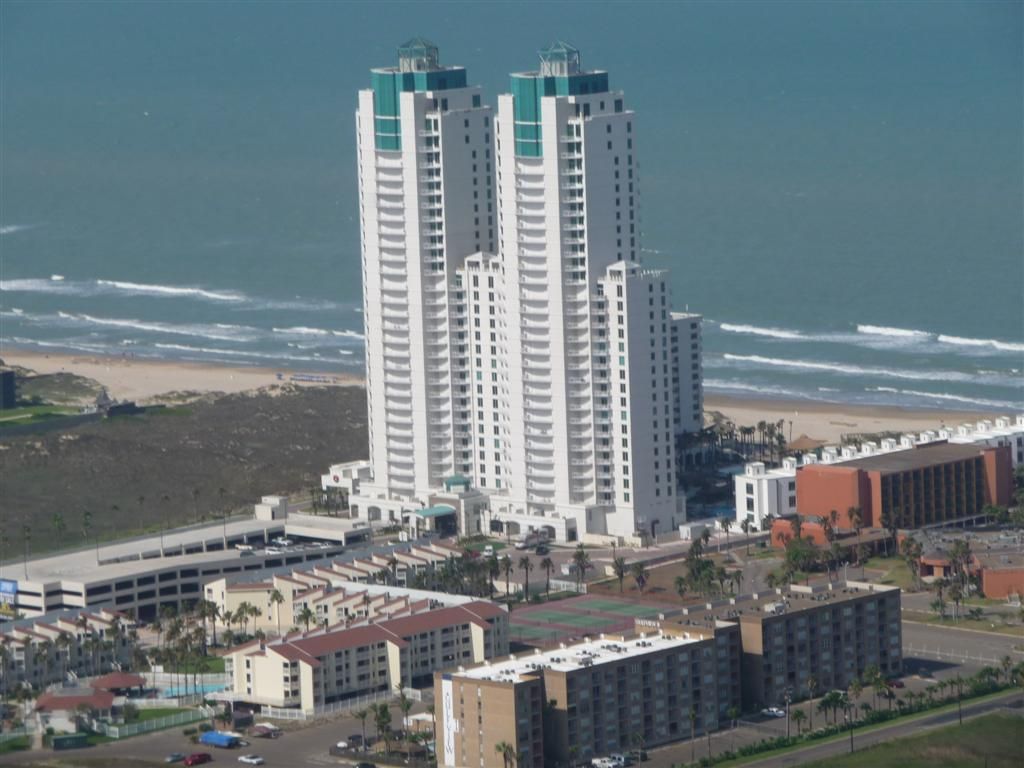Texas has long had a reputation as an affordable place to live, in large part because homeownership stayed within reach for the middle class.
Now the state is being walloped by the same forces that have made homes a lot less affordable in many cities previously known for reasonable prices: pandemic-era migration from California and other more expensive areas.

California to Texas was the most popular interstate relocation route in the country in 2021, according to an analysis by storage-space search site StorageCafe using Census Bureau data. During that year, about 111,000 people—about 300 a day—moved from California to Texas. Soaring prices have left many longtime residents grumbling about the Californization of Texas.
The Federal Reserve Bank of Dallas recently analyzed data on housing affordability in Texan cities, defined as the percentage of the housing stock affordable to families earning the median income in those places. At the beginning of 2014, nearly two-thirds of homes in San Antonio were affordable for a median-income family. By the end of 2022, fewer than one-third were. Affordability, defined as what a family spending 28% of its gross income on housing could buy, also declined in Dallas, Fort Worth, and Austin, before ticking up slightly early this year.
The latest data, for 2019 and 2020, shows the largest source of net migration to Bexar County, where San Antonio is located, was Southern California, followed by other Texas counties primarily along the border, and Hawaii, Illinois, and Washington.
San Antonio’s affordability started to drop in the first half of 2021, according to the Dallas Fed report, which attributed the price spike to rising demand, increased labor costs, and higher building-supplies prices related to the pandemic. Migration to San Antonio has caused home prices to spike. Homes closer to San Antonio’s city center are less affordable than those farther out. The former Pearl brewery complex has been transformed into a cultural district with restaurants, bars, boutiques, and apartments.
Texas home values rose sharply postpandemic. The price appreciation peaked in early 2022 at a 20% year-over-year increase, according to data from the Federal Housing Finance Agency. That spike was comparable to California’s in 2004 and 2005, following the dot-com boom, although Texas homes are still much less expensive than those in California.
In Texas, the low cost of living has long attracted out-of-staters. The pandemic accelerated that process. Net migration increased nearly 60% in the five quarters following the beginning of the pandemic, compared with the five quarters preceding it, the Dallas Fed report said.
Texas is still affordable compared with other places. The median listing price in Texas was $379,900 in September, compared with $760,000 in California, according to the Federal Reserve Bank of St. Louis.
The Californization of Texas has also spilled onto the Texas coast, rising property values to records levels, so high, some people are drowning in new taxes.
“A lot of people were getting priced out of Austin and started moving into San Antonio,” said San Antonio real-estate agent Marie Crabb. “They were getting priced out, according to them, by people from California. It was an interesting trickle-down effect.” The influx of newcomers to San Antonio, coupled with a limited supply of homes, has driven up prices. The city’s top employers, predominantly in the military, education, and healthcare sectors, provide stable but not high-paying jobs, contributing to the affordability challenge, said Ali Wolf, chief economist at housing-market research firm Zonda. People were moving to San Antonio from other Texas cities and other states even before the pandemic hit. Potential buyers visit an open house in San Antonio. Another constraint on supply in San Antonio and other Texas cities was that construction of single-family and multifamily residences had lagged behind demand. That also pushed prices higher.
Two bills aimed at increasing housing availability and supported by the Texas Association of Builders died during the last state legislative session. One would have reduced requirements in Texas cities for how much land was needed to build a new home, and another would have made those cities loosen their rules on adding smaller dwellings on the same lots as larger homes.
The Dallas Fed report cited some evidence that the affordability situation is improving. “Recent moderating demand—a consequence of escalating costs—and rising housing inventory may curb further erosion of affordability” the report said. In the second quarter of 2023, 40% of San Antonio homes were deemed affordable, up from 29% at the end of 2022.
Clip source:The Californization of the Texas Housing Market – WSJ


Leave a Reply
You must Register or Login to post a comment.
Become a registered member, it is fast, fun, and free! Gain access to sales analysis, conversations, and much more! Texas state law requires membership before we can share sales information or talk about subjects relevant to ownership. See our membership page for more details.